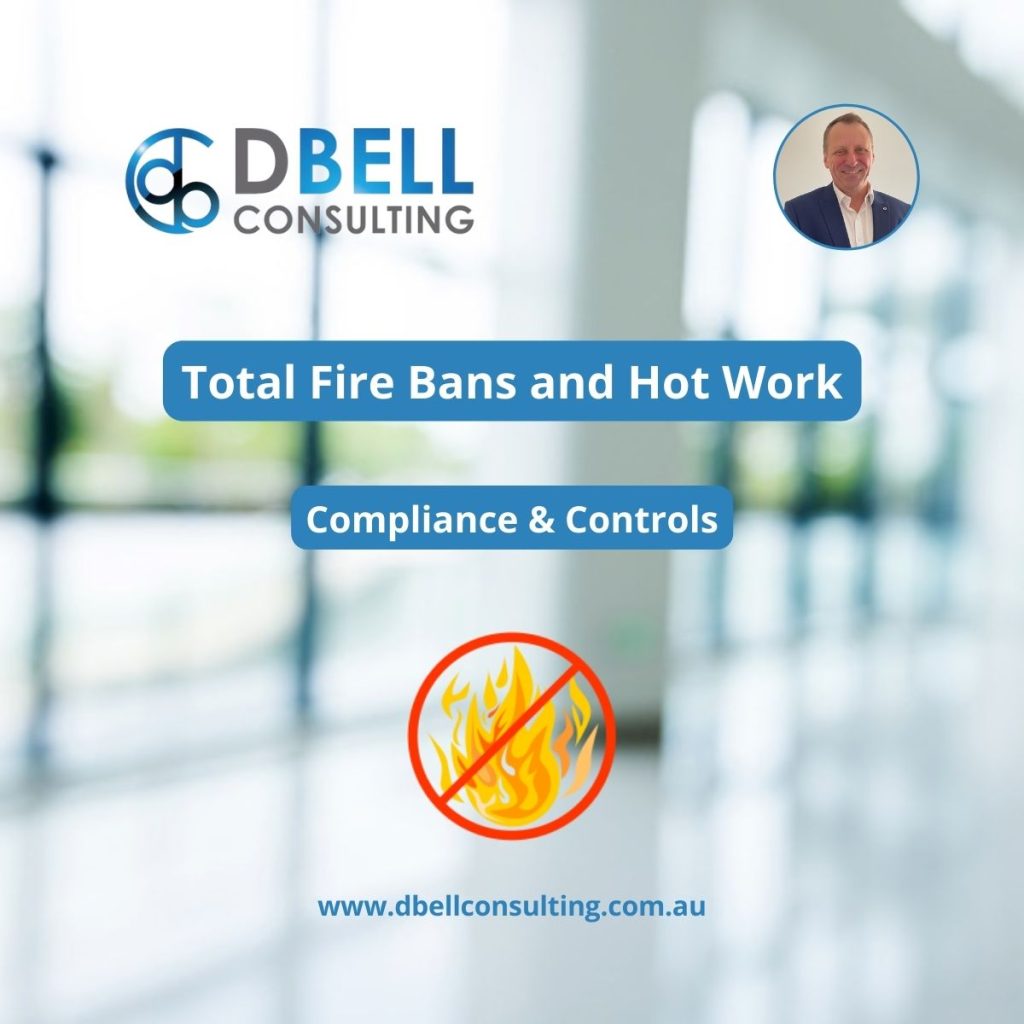Managing Health and Safety through Conversations
Work Health and Safety (WHS) laws across Australia place a duty on employers and PCBU’s to consult with workers about work-related health and safety matters.
When asked by managers how best to manage safety-related risk in the workplace, I will always respond with questions aimed at determining the degree to which they have conversations with their people – those who actually do the work.
Safety management does not involve:



Rather, I’ll recommend that they do more listening than talking, and ask open and engaging questions to those performing the work.




Share the results of good initiatives across your team, and acknowledge those who made them happen.
The Safe Work Australia Model Code of Practice for WHS Consultation, Cooperation and Participation has been adopted across State and Territory jurisdictions, and provides additional guidance in this area.



